Welcome to The Frozen Conflict Dataset webpage
We singled out frozen conflicts as a category of conflicts that is neither spatially nor temporally specific.
To facilitate a more holistic and rigorous study of this phenomenon, we have developed
The Frozen Conflict Dataset (FCD).
The dataset was prepared by Kamil Klosek, Vojtěch Bahenský, Michal Smetana, and Jan Ludvík as part
of the PRCP research program on frozen conflicts and published in the Journal of Peace Research article
Frozen conflicts in world politics: A new dataset.
Previous publications on frozen conflicts from the authors of the dataset also include a special issue on
frozen conflicts in Asia Europe Journal.
We defined a frozen conflict as a: “(…) protracted, post-war conflict process, characterized by the absence
of stable peace between the opposing sides. In frozen conflicts, core issues between the opposing sides
remain unresolved, the dispute is in the forefront of mutual relations, and there is a looming threat of the
renewal of violence. The conflict also remains highly salient in the domestic discourses of both policy makers
and the general population.” (Smetana & Ludvik 2019: 4).
Using this definition, we identified 42 cases of frozen conflicts in the period from 1946 to 2011.
Of those, 25 are ‘traditional’ interstate conflicts, whereas 17 are conflicts between a state and a de facto state.
Figures:
This dataset could not have seen the light of day without the helpful comments of PRCP principle
investigator Harald Müller and help from our interns who worked on coding and narratives.
Namely Gabriel Ardanaz, Pavlina Boyanova, Zuzana Buronova, Anja Burlica, Matěj Čadek,
Sam Carruthers, Alexandre Cuby, Erin Currie, Tetyana Demyanchuk, Nicole Ely, Frederik Gergerly,
Miroslava Kuľková, Dominique Linhares, Filip Mocak, Simone Neads, Mathieu Rochambeau,
Daniela Serrano, Yevgenyia Soldatova, and Wietse Straatsma.






